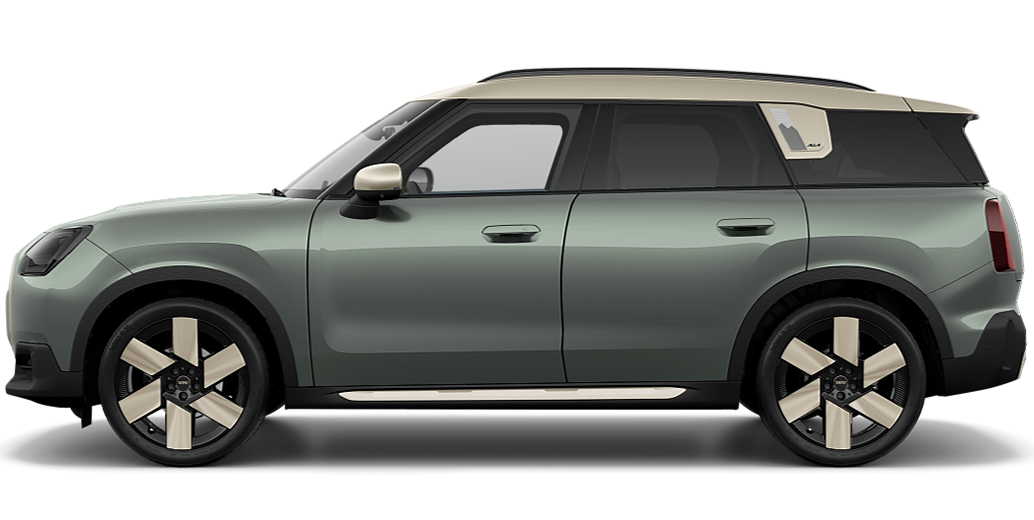MINI Cooper Convertible


MINI Cooper


New Cooper 5-door


MINI Cooper Electric


MINI Aceman


MINI COUNTRYMAN


MINI Countryman electric


MINI JOHN COOPER WORKS


MINI Cooper Convertible

MINI Cooper

New Cooper 5-door

MINI Cooper Electric

MINI Aceman

MINI COUNTRYMAN

MINI Countryman electric

MINI JOHN COOPER WORKS

WHAT IS OTR?
*OTR price is based on the Recommended Retail Price (including VAT) and On The Road charges (including delivery and emergency service, vehicle first registration fee and VED costs).
The all-electric MINI Cooper, MINI Aceman and MINI Countryman are battery electric vehicles requiring mains electricity for charging. Whilst we recommend the battery for these vehicles are charged to 80% to help optimise the life of your battery, the electric range figure shown is the WLTP figure after the battery had been fully charged to 100%. WLTP figures are shown for comparability purposes. Only compare fuel consumption, CO2 and electric range figures with other cars tested to the same technical procedures. These figures may not reflect real life driving results, which will depend upon a number of factors including the starting charge of the battery, accessories fitted (post-registration), variations in weather, driving styles and vehicle load.
Pictures show a MINI model with optional equipment fitted.
†The values of fuel consumptions, CO2 emissions and energy consumptions shown are determined according to the European Regulation (EC) 715/2007 in the version applicable at the time of type approval. The figures refer to a vehicle with basic configuration in Germany and the range shown considers optional equipment and the different size of wheels and tyres available on the selected model and may vary according to the configuration.
For plug-in hybrid vehicles these figures were obtained using a combination of battery power and fuel, for battery electric vehicles after the battery had been fully charged. Plug-in hybrid and battery electric vehicles require mains electricity for charging.
Figures shown are for comparability purposes. Only compare fuel consumption, CO2 and electric range figures with other cars tested to the same technical procedures.
These figures may not reflect real life driving results, which will depend upon a number of factors including the starting charge of the battery, accessories fitted (post-registration), variations in weather, driving styles and vehicle load.
N.B. The CO2 figures shown above have been determined according to the WLTP test. WLTP has been used as the applicable CO2 figure from 1 April 2020 for first year vehicle tax (VED) and from 6 April 2020 for company car tax (BIK).
The CO2 figures were previously based on the NEDC equivalent.
With respect to these vehicles, for vehicle related taxes or other duties based (at least inter alia) on CO2-emissions the CO2 values may differ to the values stated here.
